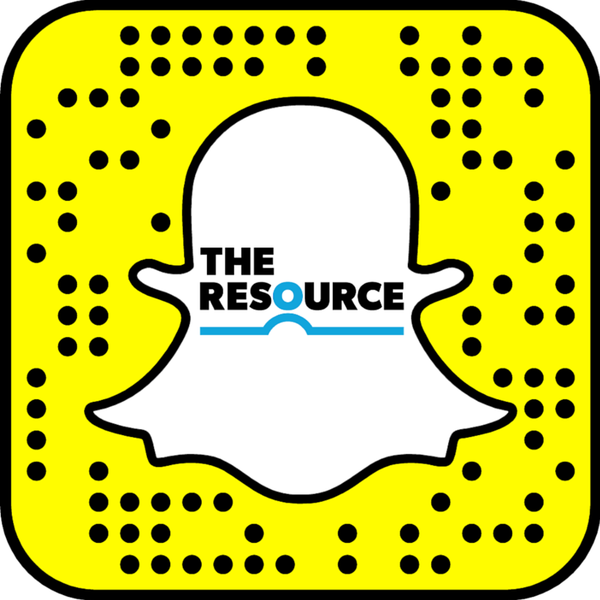The job market is tight right now, and depending on the field you’re in or want to be in – practically flooded. Talent can be hard to find. Key skills even harder. Recruiters’ jobs were never easy to begin with (despite what many people think) but now, we drink more coffee than should be legal.
So how can you stand out during this trying time? (Or anytime!)
Your selling skills.
That’s right. Your ability to sell is going to come in handy fast.
If you’re in the market for a new position and actively seeking a change, then you are effectively a salesperson. Sales isn’t for everybody, but luckily you’re not stuck in this position forever. Unless, of course, you are looking for a role in Sales!
Sure, it seems trite, and you might pass this by but here’s some truth: Recruiters use keywords to help find the right candidates for jobs, and how your profile parses into our applicant tracking systems can truly make a difference. Maximizing your profile and your resume can be the key to getting an interview with a top company.
So here are some tips and tricks from an insider:
- Your LinkedIn profile can be your lifesaver.
Many recruiters use LinkedIn to find the candidates for open jobs. One of the best and most effective tools in doing this is called the Boolean search. Basically, a Boolean is a string of commands looking for people who possess a specific skill set. For example, if I’m looking for a Human Resources Manager with experience in employee relations specifically within a manufacturing setting, in-depth knowledge of the UKG HRIS system, and a SHRM certification, here’s what I might search – “Human Resources” AND “UKG” AND “manufacturing” AND “SHRM”.
This search helps narrow down the candidate pool based on those qualifications. If one or more of those words are not mentioned in a candidate’s profile, then that person is automatically excluded from the search results. The person might not have specifically added UKG to their profile even though they’ve been using it for three years and as a result, they’re not in the recruiter’s search and may gets passed over. So, make sure that you list every single skill you can think of in the body of your profile!
- Keep your profile updated! (And list any contract/temporary roles as such, so that frequent movement or short tenures cannot be perceived as “job hopping”).
You want to showcase all of your skills. Having a job, even if it’s not the job you want forever, shows your willingness to work and persevere. Make sure you list your current position. Think hard about what you do in your current role, and the transferable skills you have gained for the job you want.
- Network. Network. Network.
Recruiter searches are limited by the connections we possess. We try our best to get out there and make meaningful connections in the industry, but our time can be limited. We spend a lot of time sourcing, even more time talking to people, and endless hours looking at and revising resumes and so forth. Help us out by finding recruiters and connecting with us. Personalize a note stating that you’re in the job market and making connections!
- Find your dream company.
Are you in a niche area? Make sure to capitalize on the companies that are hiring in those areas. Do your research and find them on LinkedIn. Many companies have talent acquisition teams and, even if not, typically hiring managers and human resources folks you can connect with. You will have more luck if you personalize the connect request, saying something like, “Looking to make meaningful connections in the [insert industry] and wanted to reach out!” It doesn’t have to be elaborate to show that you are taking time to be personable.
- Your resume should be a well-oiled machine.
If you’re applying to job posts online, the resume you submit is being uploaded into a data tracking system 90% of the time. This means that fancy fonts, columns, and pictures usually do not carry over correctly. Unless you’re a graphic designer using your resume as a product pitch, keep it simple.
Simple does not have to mean bland though!
Put your name and contact details at the top. Follow this with a section describing what you’re looking for and what you can bring to a company in such a role. Or if you’re a highly skilled person in your industry, let us know that in the lead section. Tell how long you have been in your industry, and some important things you’ve participated in or accomplished.
Have a section called “Skills” near the top as well where you highlight systems, programs or software that you’ve worked in. You can also use this section for soft skills. Follow this with your education, if applicable, making sure to list what you studied, not just where. Be sure to list any certifications you may have as well.
Then, list your work history in reverse chronological order, taking the time to bullet point key projects you headed, things you accomplished, skills you acquired, or programs you became knowledgeable about. Metrics are great as well! Did you reduce waste by 40% with a project? I want to know that. Did you exceed production goals by 20% by helping the quality team on a project? Let’s hear it.
It’s also important to keep your resume simple. Simple bolded and/or underlined titles. Use bullet points. Spell check! Keep the format consistent. Same font and print size throughout the document.
If all of this sounds too overwhelming, you can always reach out to a resume writer or ask for feedback from an industry connection or family/friend with work experience.
Most importantly – keep your head up! Job hunting can be stressful and worrisome at times. No matter the reason you’re seeking a new job, just keep going. Follow these steps and take advantage of opportunities to connect. Let these systems work in your favor and land you your next great opportunity.


